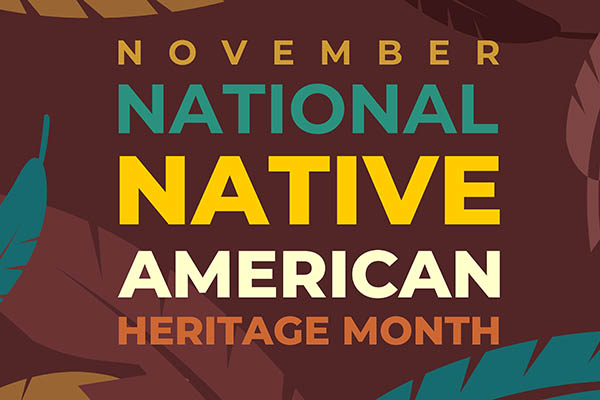
November is Native American Heritage Month, so what better time to discover some of the contributions Native Americans have made in the fields of technology, agriculture, and health through history.
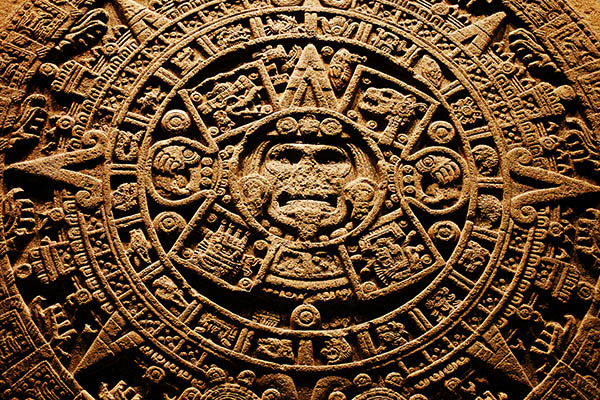
Technology and Agriculture
The floating gardens of the Aztecs, the elaborate citadels of the Incas, and the impeccably precise Mayan Calendar are a few examples of technical achievements made by indigenous people of the North American pre-Columbian era.
But many people don’t realize that scores of equally well-known innovations trace back to these early creators. For instance, Native Americans were the first to make mouthwash, the kayak, the hypodermic syringe, and even the baby bottle. Here are a few more inventions that are worthy of mention.

The Suspension Bridge
The Menai Bridge, which was built in 1828 in Wales, is credited with being the first modern suspension bridge. But did you know the Incas created the suspension bridge hundreds of years before the first Spaniards arrived in South America?
One of the longest of these solid, woven grass bridges stretched to 148 feet. It was part of a system of over 200 bridges that connected the 25,000 miles long Great Inca Road over rivers and gorges throughout South America and the Andes Mountains.
Today, visitors can still marvel at the Q’eswachaka, the last remaining Inca Bridge which, spans the Apurimac River in Canas Province, Peru, at a breathtaking 120 feet.
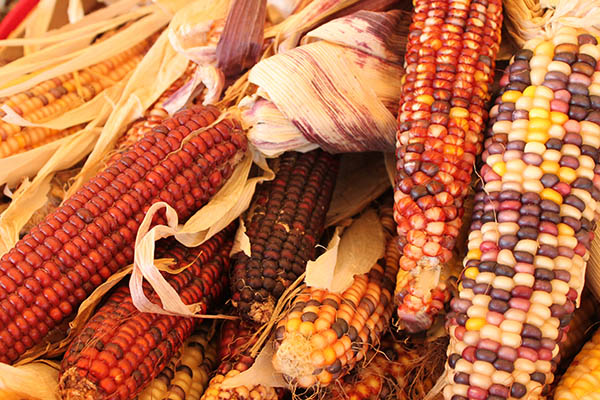
Corn
Corn did not grow naturally in the Americas as many of us were taught in school. It was, instead, engineered by Native Americans in Mexico and Guatemala. They were, through many generations of selectively breeding teosinte, a type of wild grass, able to produce kernels of corn that were soft enough to be eaten.
Then, like many Native American inventions, it traveled like wildfire across Native American trade routes and was soon grown by indigenous farmers all over North and South America.
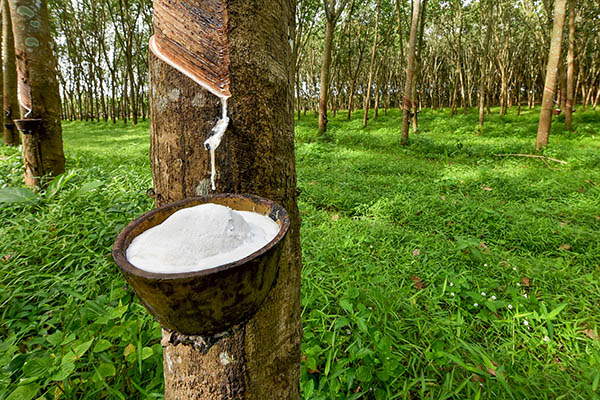
Rubber
Rubber was another amazing Native American innovation. Columbus was so taken with the substance that he brought a rubber ball back to Europe where it would be improved upon and then rapidly commercialized and distributed. Can you imagine what life would be like today without rubber for tennis shoes or tires?
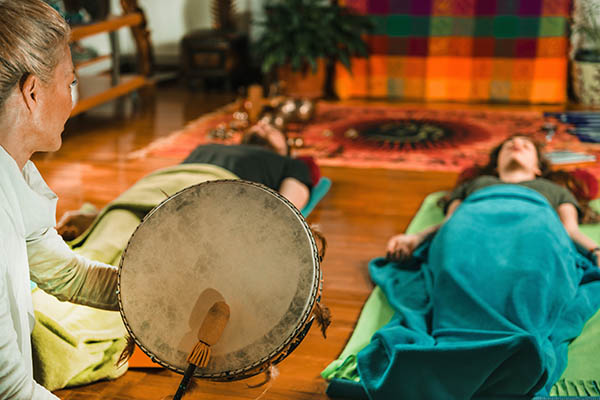
Health & Wellness
Native Americans have also contributed to overall health and wellness by identifying more than 2,500 plants currently used for specific beneficial applications.
Today, modern research studies have shown that many of these plants have efficacy as preventive and therapeutic tools.
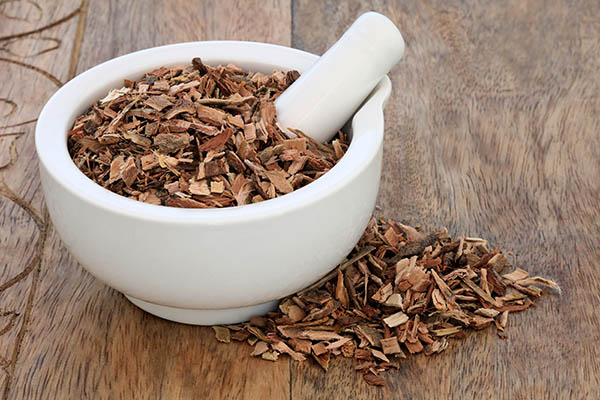
Willow Bark
Aspirin was invented by a German scientist named Felix Hoffman in 1897. But the active ingredient, salicin, which was derived from the bark of the willow tree (2), had already been widely used by Native Americans to reduce fever and inflammation for thousands of years (10,11).
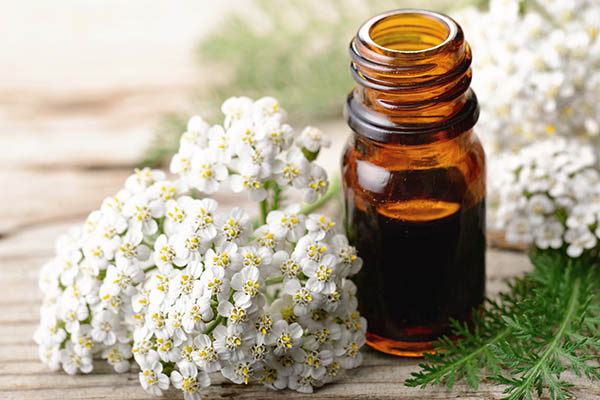
Yarrow
For centuries, people worldwide have used Achillea millefolium, or Yarrow, to treat wounds and help stop excessive bleeding. Native Americans also used various parts of this plant to address skin conditions and insomnia.
New studies reveal that Yarrow has anti-inflammatory properties and that it may also help ward off anxiety and high blood pressure (9,12).
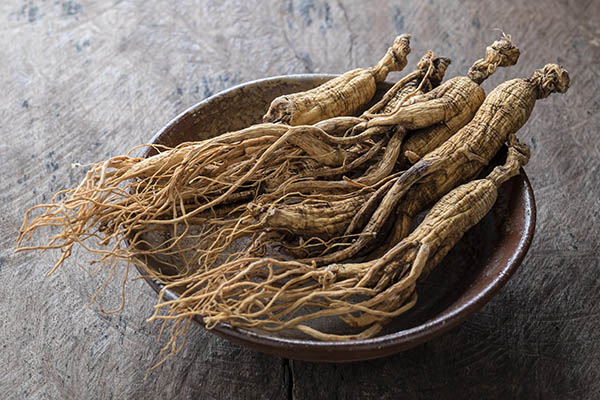
American Ginseng
Native Americans have long used American Ginseng, or Panax Quinquefolius, for stress, swelling, fevers, ED, and to enhance the libido of men and women alike.
And, recent research suggests that American Ginseng may also help with some viruses and has been shown to help decrease blood sugar levels (9,13).
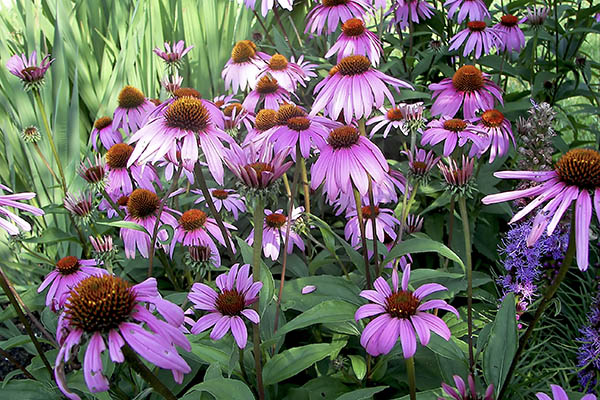
Echinacea
Anti-viral, anti-inflammatory Echinacea, or American Cone Flower, has long been a powerhouse in the fight against the common cold. Native Americans used the roots, leaves, and brightly colored flowers for symptoms such as coughs and sore throats. Echinacea was also used to relieve pain and inflammation (9,14,15).

Immune System Health
Echinacea has been widely studied in recent years. Research has shown it to effectively help address upper respiratory infections associated with illnesses like the common cold (16). Touted for its healthful, anti-viral properties, Echinacea is also gaining a well-deserved reputation as a robust, immune-boosting dietary supplement (9).
An easy way to get Echinacea along with the nutrition you need to help optimize your immune system function is to take an immunity blend that incorporates several proven ingredients together, like Stonehenge Health’s Dynamic Immunity.
Formulated with 200mg of Echinacea in each dosage plus vitamins C, E, B6, Zinc, L-Glutamine, Elderberry, Turmeric, and Garlic – taking Dynamic Immunity daily helps balance and fully support your immune system, so it’s ready to respond when you need it most.

Sources:
1. msn.com/en-us/news/us/november-is-native-american-heritage-month-and-middle-tennessee-has-a-rich-history/ar-AAQevdF?ocid=uxbndlbing
2. forbes.com/sites/nicolefisher/2020/11/29/7-native-american-inventions-that-revolutionized-medicine-and-public-health/?sh=2b05664e1e73 “7 Native American Inventions That Revolutionized Medicine And Public Health”
3. ncbi.nlm.nih.gov/pmc/articles/PMC1894700/ “The Discovery of Aspirin’s Antithrombotic Effects”
4. smithsonianmag.com/blogs/national-museum-american-indian/2017/08/05/qeswachaka-last-inka-suspension-bridge/
5. nationalgeographic.com/travel/article/inca-grass-rope-bridge-qeswachaka-unesco
6. earthsky.org/human-world/this-date-in-science-first-modern-suspension-bridge-completed/
7. popularmechanics.com/technology/infrastructure/g16639655/a-brief-history-of-bridges-from-stone-to-suspension/
8. history.com/news/native-american-inventions
9. yerbamateculture.com/native-american-herbal-remedies/
10. nativetech.org/willow/willow.htm
11. native-languages.org/legends-willow.htm
12. wildflower.org/plants/result.php?id_plant=acmi2
13. mountsinai.org/health-library/herb/american-ginseng
14. link.springer.com/chapter/10.1007/978-3-319-18156-1_2
15. academic.oup.com/ajcn/article/72/2/339/4729391
16. healthline.com/nutrition/echinacea














